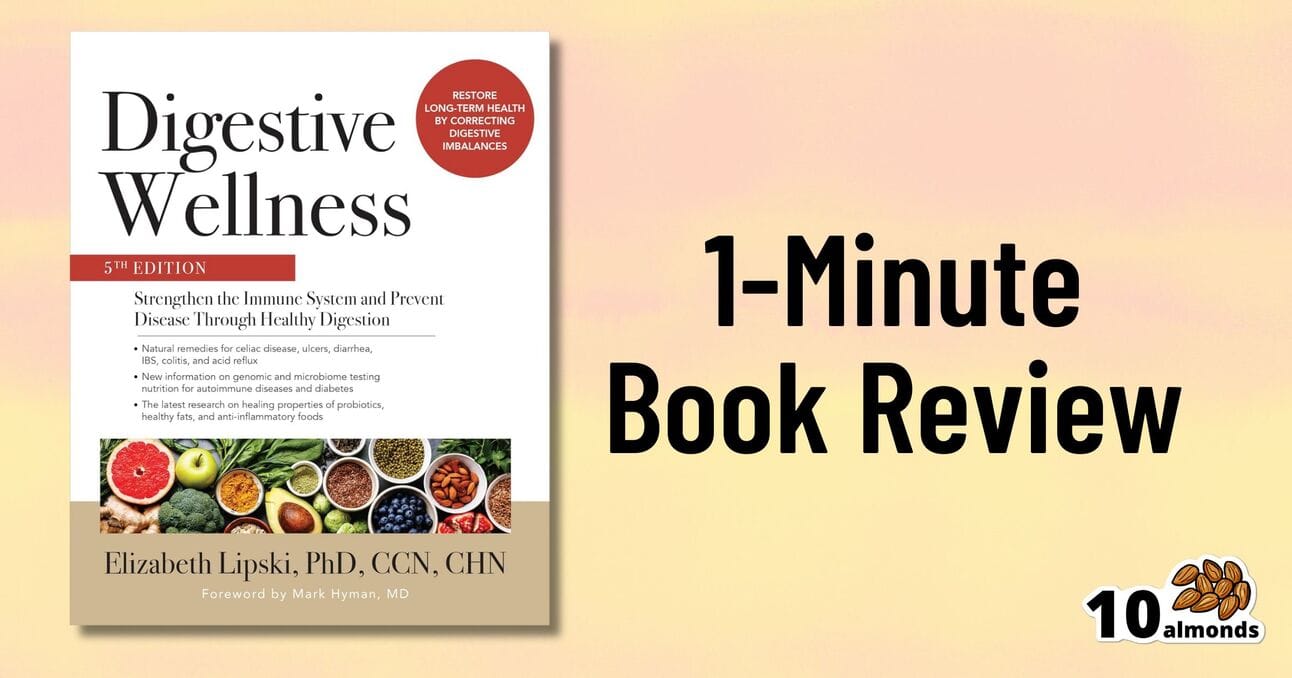Happy Easter 🐰
Today is Easter Sunday, for those who observe! And for those going with semi-traditional celebrations, remember: dark chocolate is good for you; sugar isn’t, though. Eggs are good for you; in moderation, though.
Read more: Eggs: Nutritional Powerhouse or Heart-Health Timebomb?
In today’s email we cover norepinephrine vs Alzheimer’s, wrist yoga, and digestive wellness.
If you (or a loved one) are tired of chronic pain, while also being concerned about the side effects of many drugs, then check out today’s sponsor Nápreva—its plant-based pain relief comes with a money-back guarantee, so give it a try, risk-free!
Today’s Main Feature
Norepinephrine vs Alzheimer’s Disease
Paradoxically (for a stimulant), it calms neuroinflammation, thus avoiding neuronal damage that otherwise leads to Alzheimer’s:
Recommended Reading
X-Rays vs Clinical-Only Diagnosis
Having an x-ray to diagnose knee arthritis might make you more likely to consider potentially unnecessary surgery:
Mediterranean Diet… In A Pill?
Dr. Chiara de Lucia et al. wondered to what extent the benefits of the Mediterranean diet come from the fact that it’s very rich in polyphenols, so they put the same polyphenols in capsule form and tested their impact on health. Here are the results of that study:
Watch and Learn
Yoga Wrist Strength - 5 Minute Wrist Exercise Routine
Our wrists can often be the limiting factor to a lot of other exercises, not to mention that they can be a liability if our strength fails us (see also: many varieties of accidents involving dropped things in the kitchen).
So, here’s how to avoid that:
Prefer text? The above video will take you to a 10almonds page with a text overview, as well as the video!
Our Sponsors Make This Publication Possible
Safe, effective pain relief—without the side effects
According to the CDC, half of the 51 million Americans living with chronic pain are under 45. Both young and old struggle with issues like disability claims, unemployment, depression, and opioid addiction—common challenges for those living with pain that controls their lives.
Nápreva offers a safe alternative to opioids, steroids, and over-the-counter painkillers, which all carry harmful side effects from long-term use.
Formulated with plant terpenes, including beta-caryophyllene from cloves, clinical studies show that Nápreva may be more effective than even the strongest opioids, steroids, and other potent drugs commonly prescribed for chronic pain—without the negative side effects.
The terpenes in Nápreva are also recognized as safe (GRAS) by the FDA, meaning they’re safe to use in food, beverages, and everyday products, with little risk of interactions with other medications.
Nápreva users report rapid relief, better sleep, and even less stress and anxiety:
Please do visit our sponsors—they help keep 10almonds free
This Or That?
Vote on Which is Healthier
Yesterday we asked you to choose between black beans vs edamame—both are nutritional heavyweights, but ultimately we picked the edamame (click here to read about why), as did 40% of you!
Now for today’s choice:
Click on whichever you think is better for you!
Bonus (Sponsored) Recommendation
We know 10almonds readers love learning in a convenient, bite-size fashion. Check out this list of other newsletters our readers also enjoy!
One-Minute Book Review
Digestive Wellness: Strengthen the Immune System and Prevent Disease Through Healthy Digestion – by Dr. Elizabeth Lipski
First of all, beyond just digestive wellness, this book can help strengthen your arms. At 560 pages and several pounds of weight, this is a comprehensive tome, and covers a lot more than “eat a vegetable once in a while and maybe a probiotic”.
Dr. Lipski takes us on a tour through the digestive system, discussing all of the ins and outs in great detail—not just physically, but physiologically, taking a holistic approach to gut health, examining all aspects of “what affects what”.
Since gut health affects most other kinds of health, there’s a lot to cover there, and when it comes to input, she explains not only the default “these things are good/bad for gut health”, but also the many small impacts (often in and of themselves neutral in value) that can end up making a big difference to how we experience our health on a day-to-day basis.
As such, you can expect to learn a lot about many topics ranging from systemic health to acute pathologies, from thrush and dyspepsia to Behçet's disease and ankylosing spondylitis.
The style is surprisingly readable for such a lot of science, often conversational in tone, and yet unafraid of diving into clinical topics in a way that’ll be comprehensible to the lay reader. As another point in its favor, it’s all well-referenced with 44 pages of bibliography.
Bottom line: this book can go into that category of books that get called “The Bible of…”, and in this case, it’s digestive wellness.
Penny For Your Thoughts?
What did you think of today's newsletter?
Wishing you a happy Easter,
The 10almonds Team








